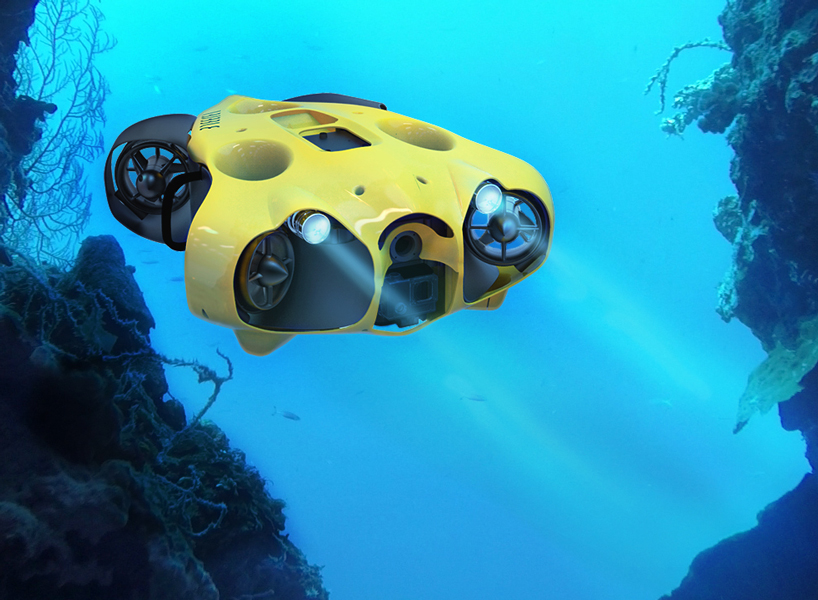What Are Submarine Drones? A Beginner’s Guide to Underwater Robotics
In recent years, drone technology has expanded beyond the skies to explore the depths of the ocean. Submarine drones, also known as underwater drones or autonomous underwater vehicles (AUVs), are revolutionizing marine exploration, research, and industry. Whether used for scientific discoveries, military operations, or underwater inspections, these robotic systems offer a glimpse into the hidden world beneath the waves.
Submarine drones are unmanned vehicles designed to operate underwater without a human pilot on board. They come in various sizes and capabilities, ranging from small remotely operated vehicles (ROVs) controlled via cables to fully autonomous underwater vehicles (AUVs) that navigate independently. These drones are equipped with sensors, cameras, and robotic arms to carry out complex tasks in deep-sea environments.
There are different types of submarine drones, each serving unique purposes. ROVs are tethered drones controlled by an operator on the surface, commonly used for underwater inspections, search and rescue missions, and maintenance of offshore structures. Since they rely on a cable for power and communication, ROVs can operate for extended periods without the risk of running out of battery. AUVs, on the other hand, are self-guided drones that use artificial intelligence and navigation systems to move independently. They are often deployed for deep-sea mapping, marine research, and surveillance. Unlike ROVs, AUVs do not require a tether, allowing them to explore greater depths and cover vast oceanic areas. Some underwater drones combine the features of both ROVs and AUVs. These hybrid vehicles can switch between autonomous and remotely operated modes, offering flexibility for various missions.
Submarine drones have diverse applications across different fields. In marine research, scientists use AUVs to study underwater ecosystems, track marine life, and monitor climate change effects. These drones provide valuable data on ocean temperatures, salinity levels, and biodiversity. In the oil and gas industry, ROVs inspect underwater pipelines, drilling rigs, and offshore structures, reducing the need for human divers in dangerous conditions. Military forces deploy submarine drones for mine detection, surveillance, and underwater reconnaissance. They are also useful in search and rescue missions, assisting in locating sunken ships, missing persons, and aircraft wreckage in deep waters. Additionally, advanced camera-equipped drones capture breathtaking footage of marine life and underwater landscapes for underwater photography and filmmaking.
Despite their advantages, submarine drones face several challenges, including limited battery life, communication difficulties, and extreme underwater pressure. However, advancements in artificial intelligence, energy storage, and sonar technology are making these robots more capable and efficient. As research continues, we can expect submarine drones to play an even greater role in ocean exploration and resource management.
Submarine drones are transforming our understanding of the underwater world. From scientific exploration to industrial applications, these robotic marvels provide safer and more efficient alternatives for deep-sea operations. As technology progresses, we may soon uncover more of the ocean’s mysteries, thanks to the incredible capabilities of underwater robotics.
.png)






Leave a Comment
Your email address will not be published. Required fields are marked *